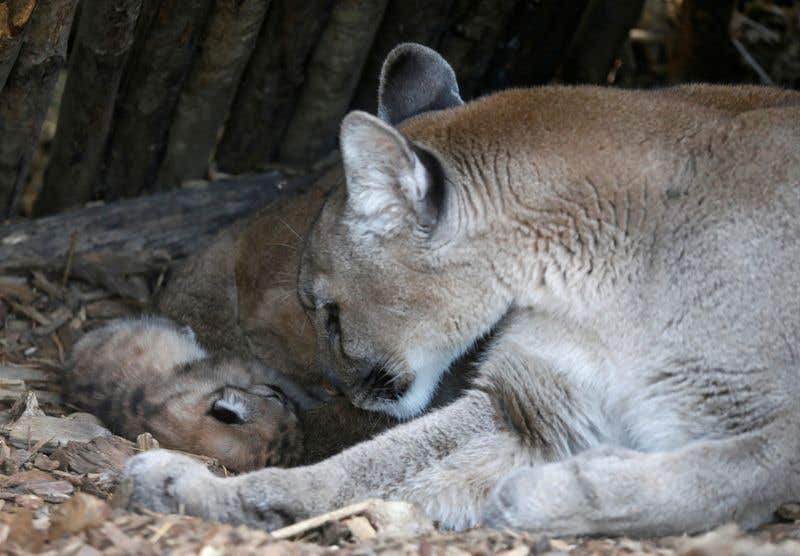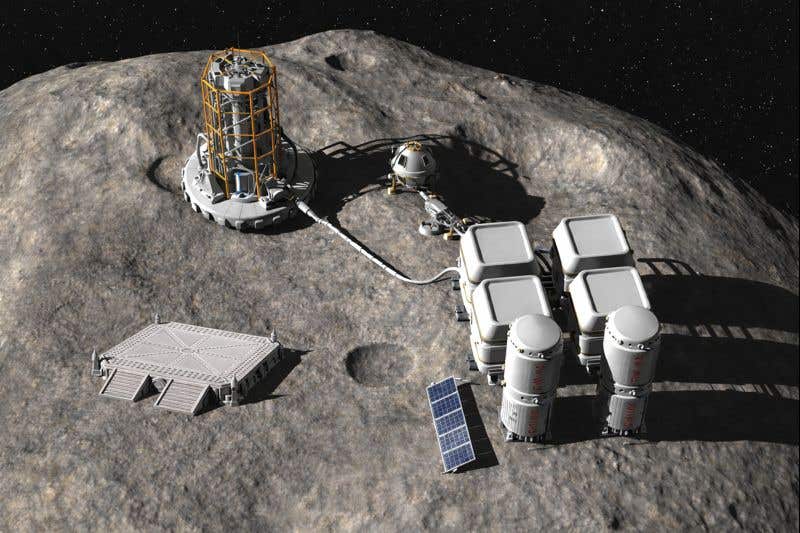Paris zoo enjoys rare baby boom
The Paris Zoological Park has seen an unusual animal baby boom in recent weeks, with the birth of a Patagonian sea lion, an Amazon bush dog,

[Aug. 26, 2020: Reuters]
PARIS (Reuters) - The Paris Zoological Park has seen an unusual animal baby boom in recent weeks, with the birth of a Patagonian sea lion, an Amazon bush dog, and a little puma.
The zoo, located in the Vincennes forest east of the French capital, said all three births were rare events. In Europe, only two other Patagonian sea lion babies were born this year, both in a zoo in Valencia, Spain.
"The three pups were are all born to first-time mothers. We are so happy that they have found their maternal instinct, which shows that they feel well enough in their enclosures to reproduce," the zoo's chief veterinarian, Alexis Lecu, told Reuters television.
The sea lion, born on July 24, already swims and dives with her mother in their glass-walled pond.
"This is quite amazing in itself, because contrary to what one might think, baby sea lions are afraid of water and can drown if they are not taught properly," Lecu said.
Called Naya, the sea lion already weighs 22 kilos (48.5 lb). She will be gradually introduced to two bigger male seals.
The baby puma was born on Aug. 21 in the viewing bay in front of zoo visitors. The little cat has not yet opened its eyes and is staying close to its 10-year old mother. Visitors are kept at a distance so as not to disturb the animals.
The zoo said in a statement the father and another female puma in the enclosure were getting along well. The male was captured in Chile after it had taken to attacking livestock and brought to the zoo as it could not be reintroduced to the wild.
The oldest of the three is a bush dog, born the day before the sea lion, and the sole survivor of a litter of three. It is part of a breeding programme with 150 dogs in about 40 zoos.
Like these kind of stories? Get The Brighter Side of News' newsletter.
Want to learn more?
The Parc Zoologique de Paris covers 14 hectares and hosts over 2,000 animals. It is part of the Museum Nal Hist Naturelle.
The key principles behind the zoo’s architectural and landscape design are showing the animals in surroundings which replicate their native ecosystems, respecting their welfare and immersing the visitor. Home to around 180 species and over a thousand animals, including mammals, birds, reptiles, amphibians, fish and invertebrates, the zoo takes you on a genuine world tour of animal biodiversity.
The Parc Zoologique de Paris, more commonly known as "Vincennes Zoo", has been an integral part of Parisian heritage for 80 years. Fully renovated after 27 months of work, it was reopened to the public on 12th April, 2014.
The new zoo is a modern conservation site for protecting species and developing the collections of living animals, including education and raising public awareness of the importance of preserving biodiversity.
Immersed within five biozones, you see the animal in an environment which is as close to its natural habitat as possible. The enclosure design prioritises the animal’s welfare and allows you to observe and learn about the animal’s behaviour in the wild.
The Parc Zoologique de Paris is also a venue for relaxation and leisure, a place where everyone can explore and have fun while learning, from families with young children, to pensioners and people with disabilities or social issues.
The Parc Zoologique de Paris is also a place for research and expertise in a variety of specialised fields, such as veterinary science, conservation, behavioural and reproductive biology, evolutionary biology, conservation psychology and raising public awareness.



